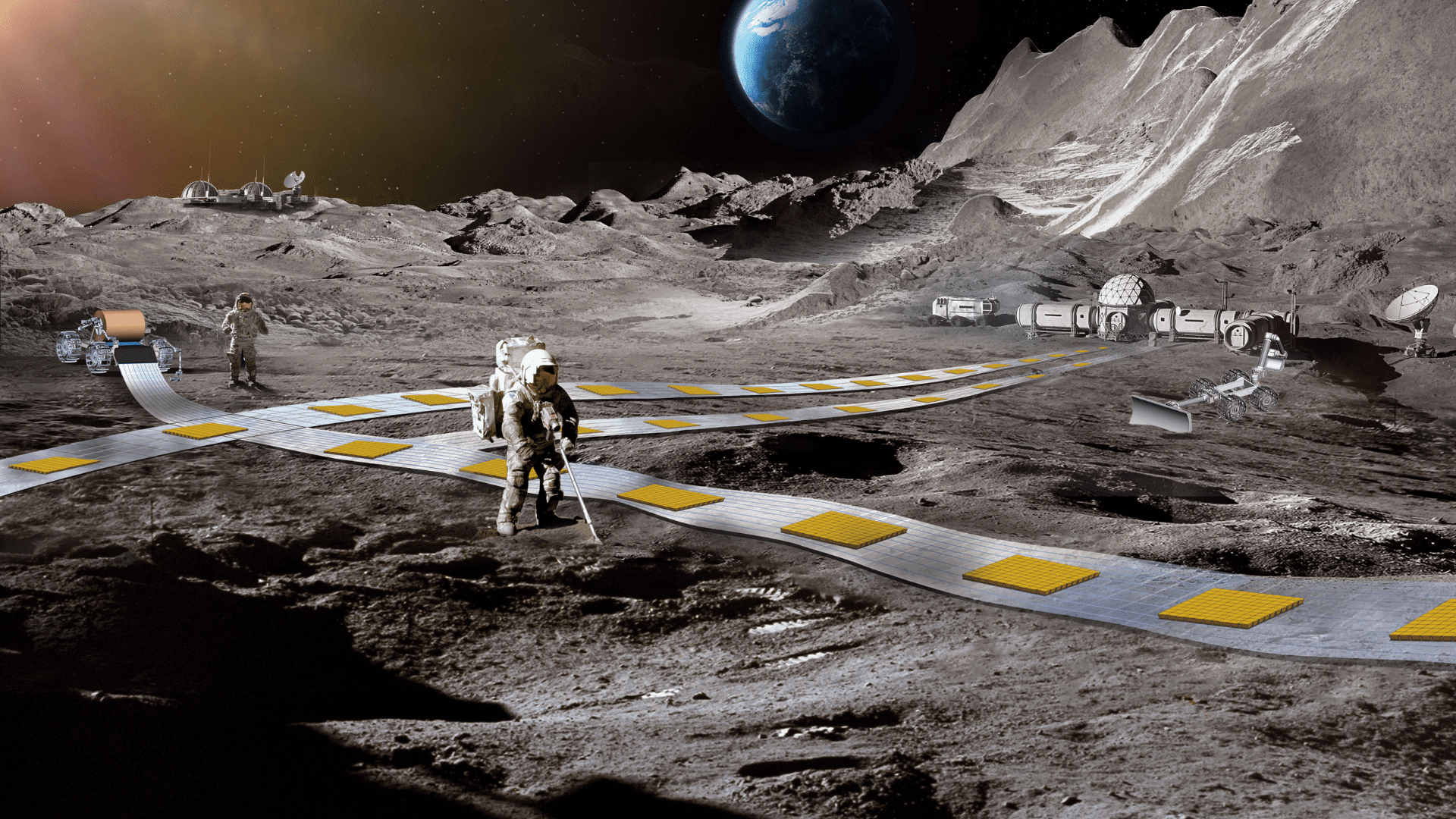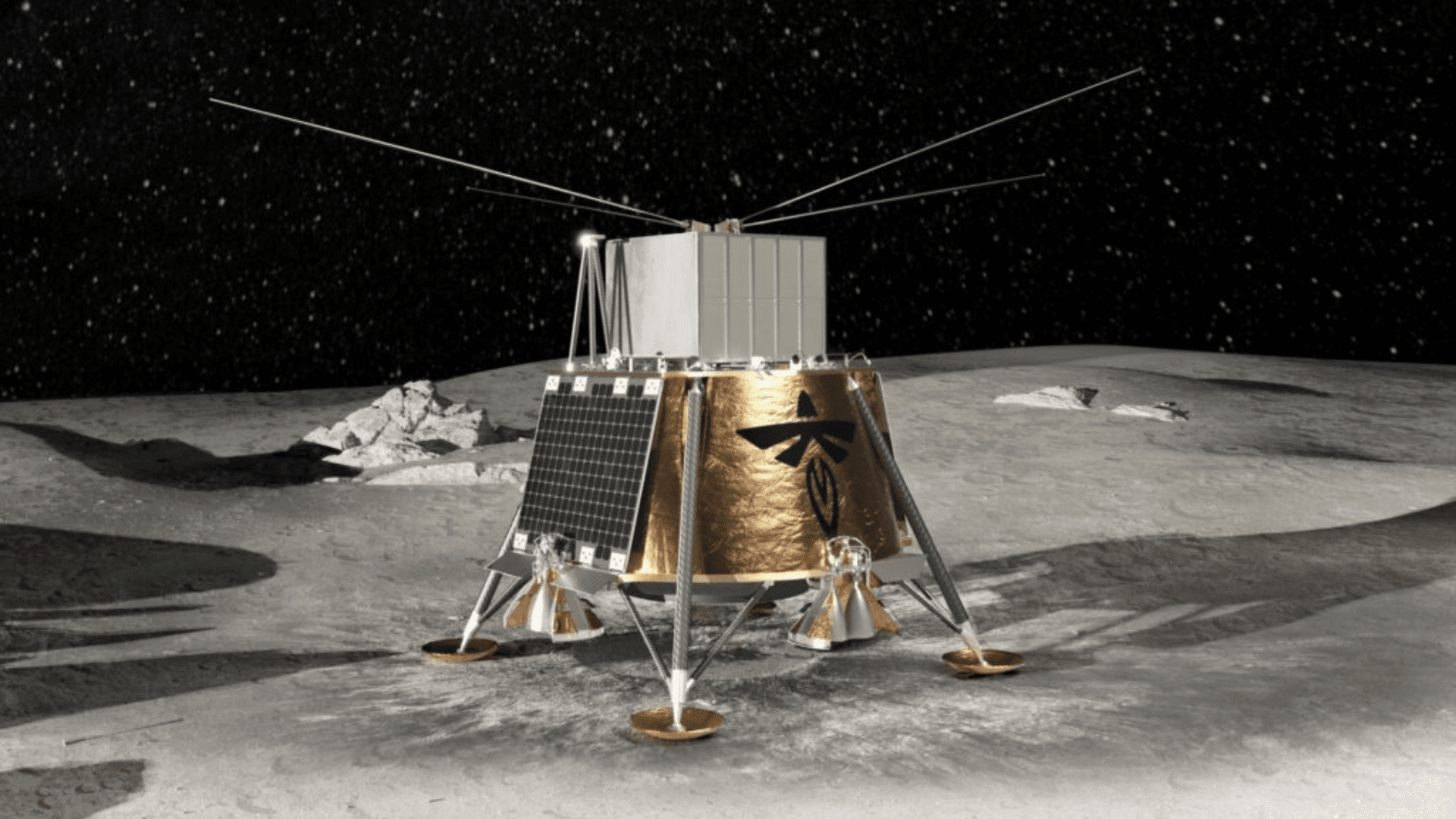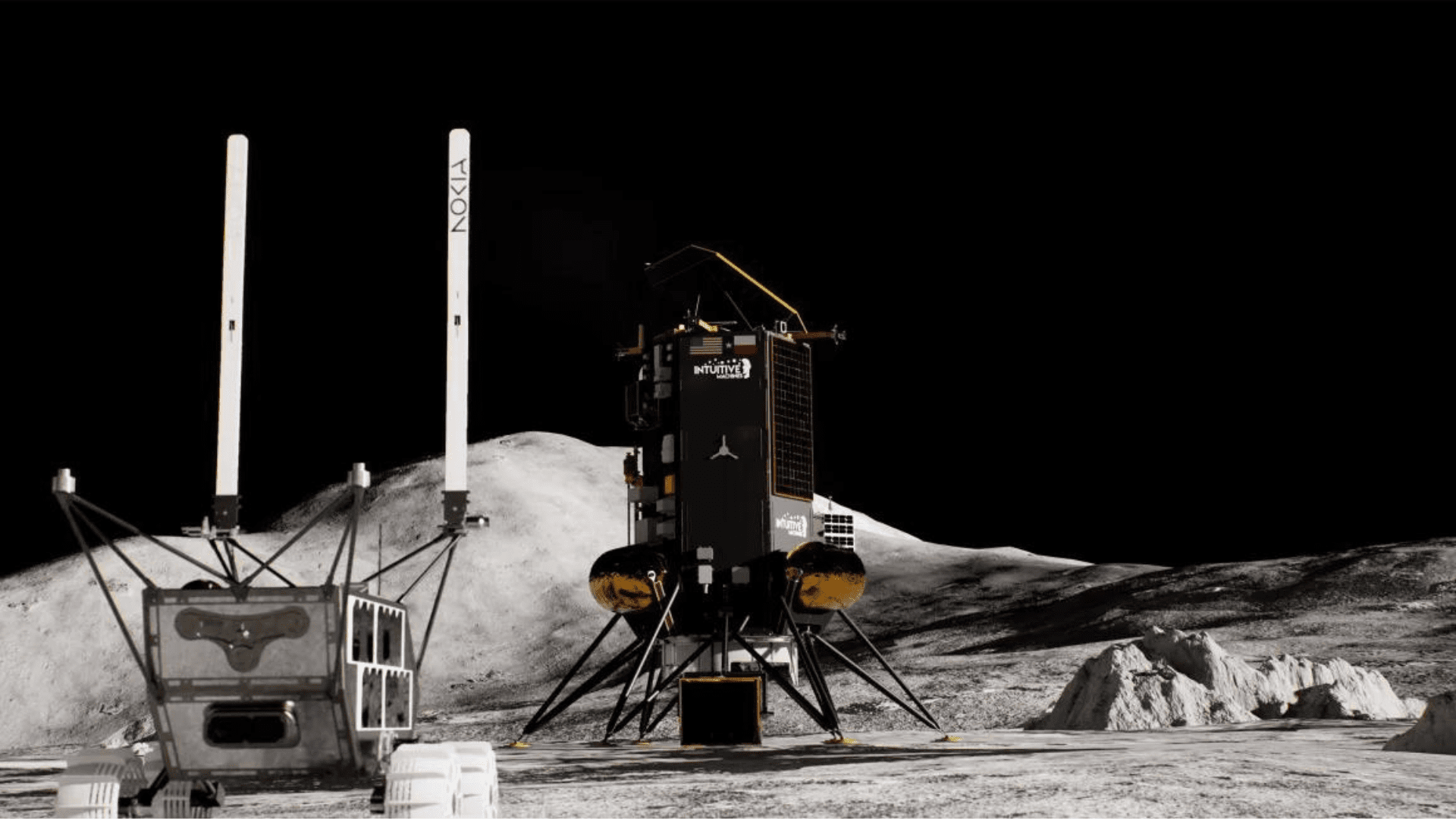The NASA Jet Propulsion Laboratory wants to build the first-ever lunar railway system. Scientists and engineers want a railway system on the Moon for reliable, autonomous, and efficient payload transport.
FLOAT Railway System

NASA engineers believe a durable, long-life robotic transport system is critical for the daily operations of a sustainable lunar base in the 2030s. According to NASA, the system needs to transport rocky material from the Moon or construction materials. In addition, it wants to transport payloads around the lunar base and to and from landing zones or other outposts.
To meet these needs, NASA Jet Propulsion Laboratory proposes developing FLOAT or Flexible Levitation on a Track
How FLOAT Works
According to NASA, the FLOAT system involves unpowered magnetic robots levitating over a three-layer flexible film track. The three layers include a graphite layer, a flex-circuit layer, and an optional thin-film solar panel layer.
The graphite layer allows the robots to float over tracks using only the magnetic fields passively. This process is called diamagnetic levitation. Secondly, the flex-circuit layer propels the robots on the tracks from the electromagnetic thrust it generates. Lastly, the optional solar panel layer generates solar power for the base in sunlight. There are no moving parts on FLOAT’s robots, and they’re designed to levitate to reduce wear from dust, unlike lunar rovers with wheels, legs, or tracks.

Furthermore, this lunar railway system is different from Earth’s transportation paths. For example, unlike roads, railways, or cableways, FLOAT unrolls directly on the lunar surface without the need for major on-site construction. Individual FLOAT robots will vary in size and speed. However, a large-scale FLOAT system will be capable of moving 100,000 kg of regolith/payload multiple kilometers per day. FLOAT is autonomous and will match the ever-evolving lunar missions with its roll-up capabilities.
Explore Tomorrow's World from your inbox
Get the latest science, technology, and sustainability content delivered to your inbox.
I understand that by providing my email address, I agree to receive emails from Tomorrow's World Today. I understand that I may opt out of receiving such communications at any time.
Refining the System
In Phase 2 of preparing the system, NASA eliminates any risks related to the FLOAT system and its robots. According to the agency, they are working on the following tasks:
- Design, manufacture, and test a series of sub-scale robot/track prototypes, culminating with a demonstration in a lunar-analog testbed (that includes testing various site preparation and track deployment strategies).
- Investigate impacts of environmental effects (e.g., temperature, radiation, charging, lunar regolith simulant contamination, etc.) on system performance and longevity.
- Investigate/define a technology roadmap to address technology gaps and mature manufacturing capability for critical hardware (e.g., large-area magnetic arrays with mm-scale magnetic domains, and large-area flex-circuit boards).
- Continue refining simulations of FLOAT system designs with increased fidelity, to provide improved performance estimates under the RLSO2 mission concept.







